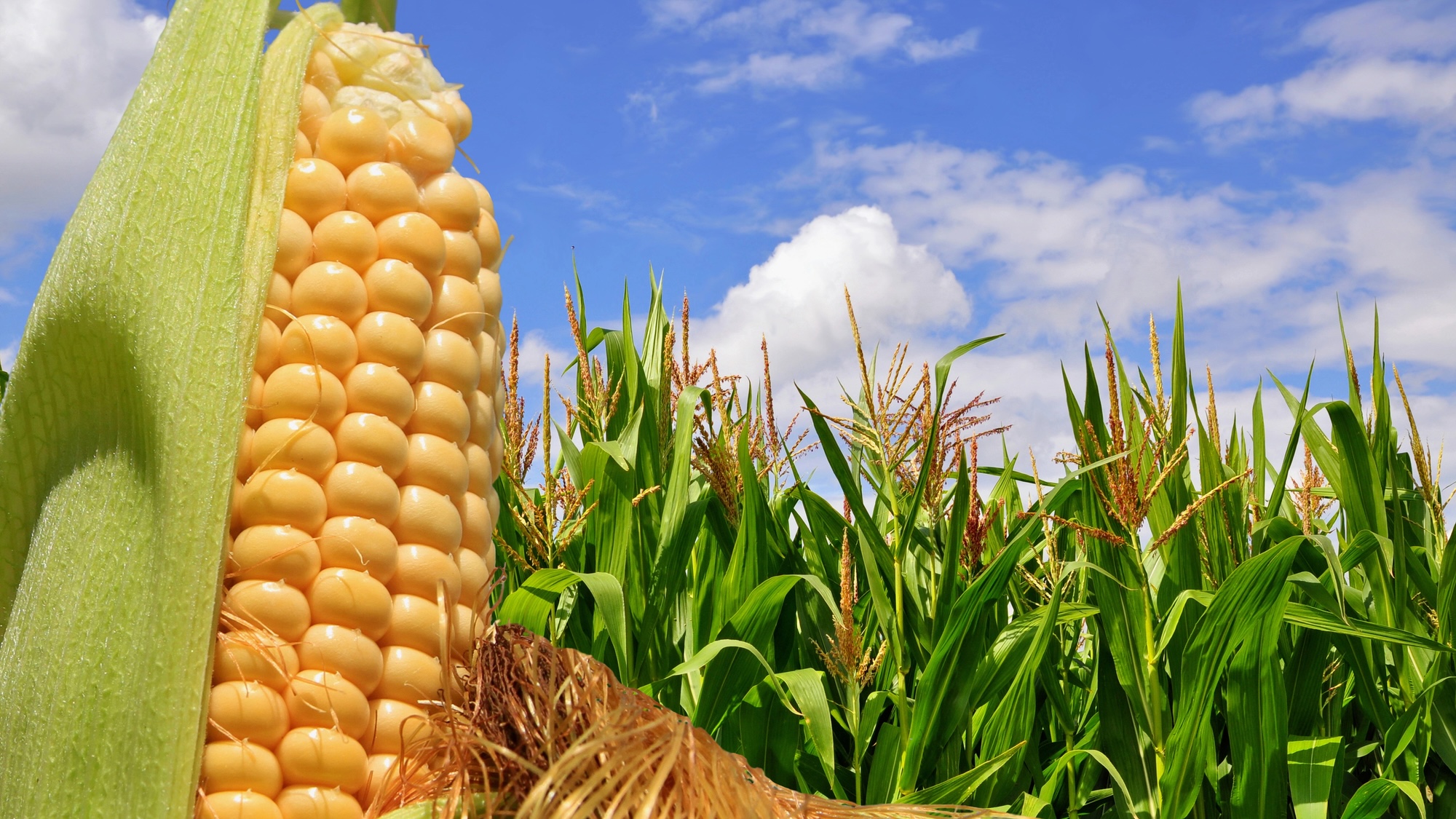Researchers at Zhejiang University in China have uncovered a remarkable defense mechanism in corn (Zea mays), revealing how the plant communicates its distress in crowded conditions. As corn fields become densely populated, the plants release a volatile gas known as linalool, which serves to protect both themselves and their neighbors from pests and diseases. This finding has significant implications for agricultural practices and pest management.
The study, recently published in the journal Science, examined how crowded environments influence maize plants’ vulnerability to threats such as insects and pathogens. Agricultural scientists conducted a detailed analysis of maize crops under various density conditions, discovering that when corn plants feel squeezed, they activate an immunoresponse similar to how they might alter their growth patterns to maximize sunlight capture.
In densely planted fields, the release of linalool triggers a series of chemical reactions within the maize. This terpene alcohol, which is also found in perfumes and cleaning products, emits a floral scent reminiscent of spicy wood or French lavender. Once neighboring plants detect this gas, they enhance their root production of hormones like jasmonate, which in turn prompts the secretion of benzoxazinoids. These compounds modify the microbial community in the soil, creating a protective barrier against pests.
Impact on Plant Growth and Future Crops
The researchers noted that within just three days, high-density corn fields significantly increased their chemical defenses against caterpillar infestations. The modifications to the soil’s microbial makeup and the plant’s defensive capabilities not only benefited the immediate crop but also appeared to enhance resilience in subsequent generations. This suggests that crowded planting conditions can lead to long-term soil alterations that boost survival rates for future crops.
Despite this innovative defense strategy, the study highlighted a trade-off. The maize plants that activated these protective responses experienced reduced overall growth rates, as they diverted resources from growth to defense. Nevertheless, the insights gained from this research could pave the way for more sustainable agricultural practices.
The authors of the study emphasized that harnessing this natural defense mechanism could lead to the development of crops that are more resilient and require fewer chemical inputs. Potential approaches may include selective breeding, the use of microbial inoculants, or advancements in synthetic biology.
As farming practices continue to evolve, understanding how plants like corn adapt to their environments will be crucial in developing effective, environmentally friendly strategies for pest management and crop resilience.
